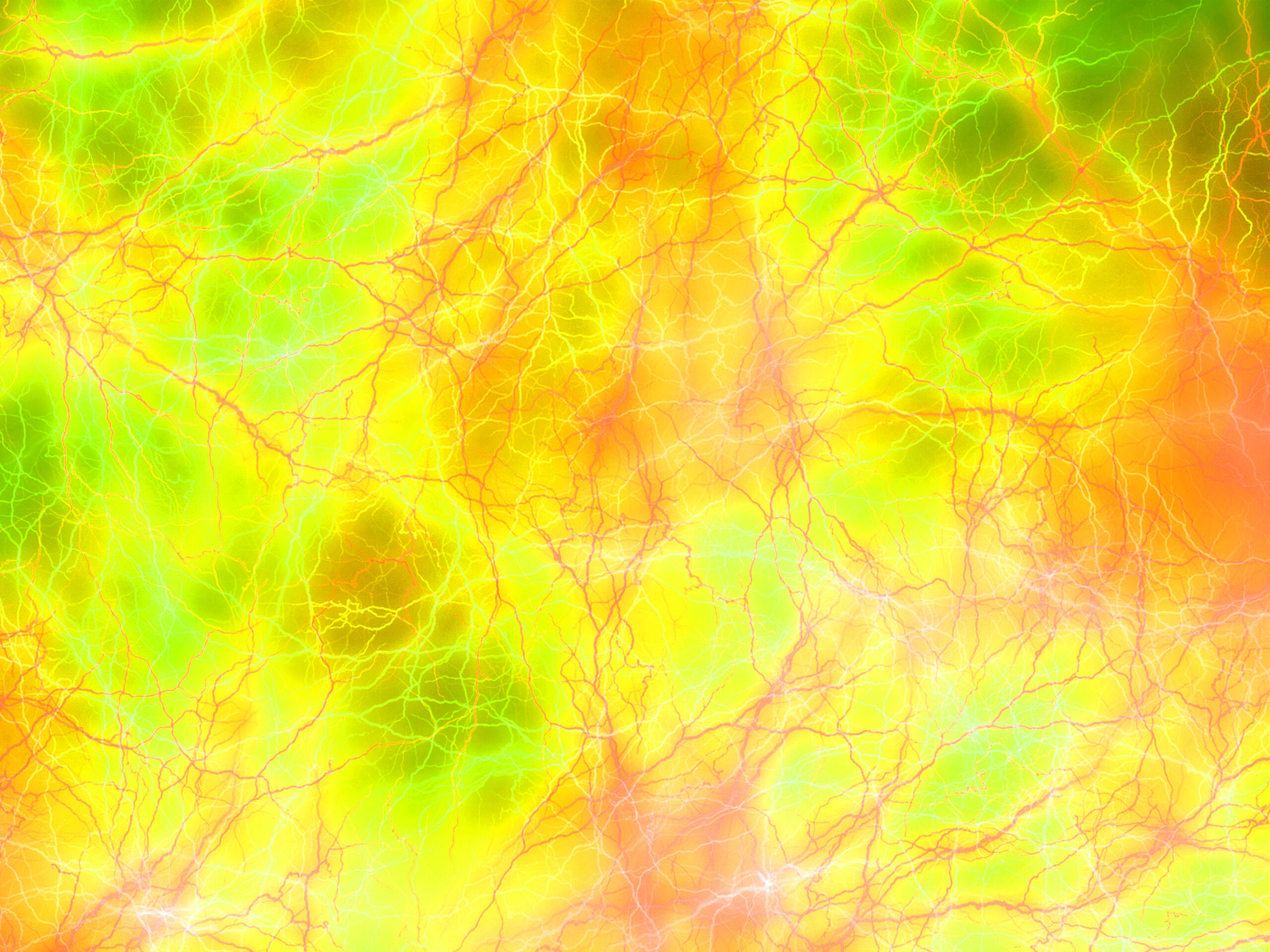Evans blue
T-1824 or Evans blue, often incorrectly rendered as Evan’s blue, is an azo dye that has a very high affinity for serum albumin. Because of this, it can be useful in physiology in estimating the proportion of body water contained…
Flacherie (and a ridiculous history of Bt development…roundabout)
History of Bt Development as told in New Innovative Pesticides: An Evaluation of Incentives and Disincentives for Commercial Development by Industry, Stanford Research Institute (Final Report dated September 1977, Prepared…
Prenatal exposure to paracetamol/acetaminophen and precursor aniline impairs masculinisation of male brain and behaviour
Paracetamol/acetaminophen (N-Acetyl-p-Aminophenol; APAP) is the preferred analgesic for pain relief and fever during pregnancy. It has therefore caused concern that several studies have reported that prenatal exposure to APAP results…
Brilliant Black PN
Brilliant Black BN, Brilliant Black PN, Brilliant Black A, Black PN, Food Black 1, Naphthol Black, C.I. Food Black 1, or C.I. 28440, is a synthetic black diazo dye. It is soluble in water. It usually comes as…
Paracetamol is an aniline derivative with a sketchy date of birth (and a very sketchy rebirth)
Paracetamol was first made in 1877…or possibly 1852. Some reports state that Cahn & Hepp or a French chemist called Charles Gerhardt first synthesized paracetamol in 1852. Acetanilide was the first aniline derivative…
Mauveine aka aniline purple
Mauveine, also known as aniline purple and Perkin’s mauve, was one of the first synthetic dyes. It was discovered serendipitously by William Henry Perkin in 1856 while he was attempting to synthesise the phytochemical quinine for the treatment of malaria. It…
1,3-Dihydroxyanthraquinone aka purpuroxanthin or xanthopurpurin
1,3-Dihydroxyanthraquinone, also called purpuroxanthin or xanthopurpurin, is an organic compound with formula C14H8O4 that occurs in the plant Rubia cordifolia (Indian madder). It is one of ten dihydroxyanthraquinone isomers. Its molecular structure can be viewed as being derived from anthraquinone by replacement of…
1,2,4-Trihydroxyanthraquinone aka purpurin
1,2,4-Trihydroxyanthraquinone, commonly called purpurin, is an anthraquinone. It is a naturally occurring red/yellow dye. It is formally derived from 9,10-anthraquinone by replacement of three hydrogen atoms by hydroxyl (OH) groups. Purpurin is also called verantin, smoke Brown G, hydroxylizaric acid, and C.I.…
Rubia cordifolia aka common madder or Indian madder
Rubia cordifolia, often known as common madder or Indian madder, is a species of flowering plant in the coffee family, Rubiaceae. It has been cultivated for a red pigment derived from roots. Common names of this plant include manjistha in Sanskrit, Marathi, Kannada and Bengali, majith in Hindi and Gujarati,…











